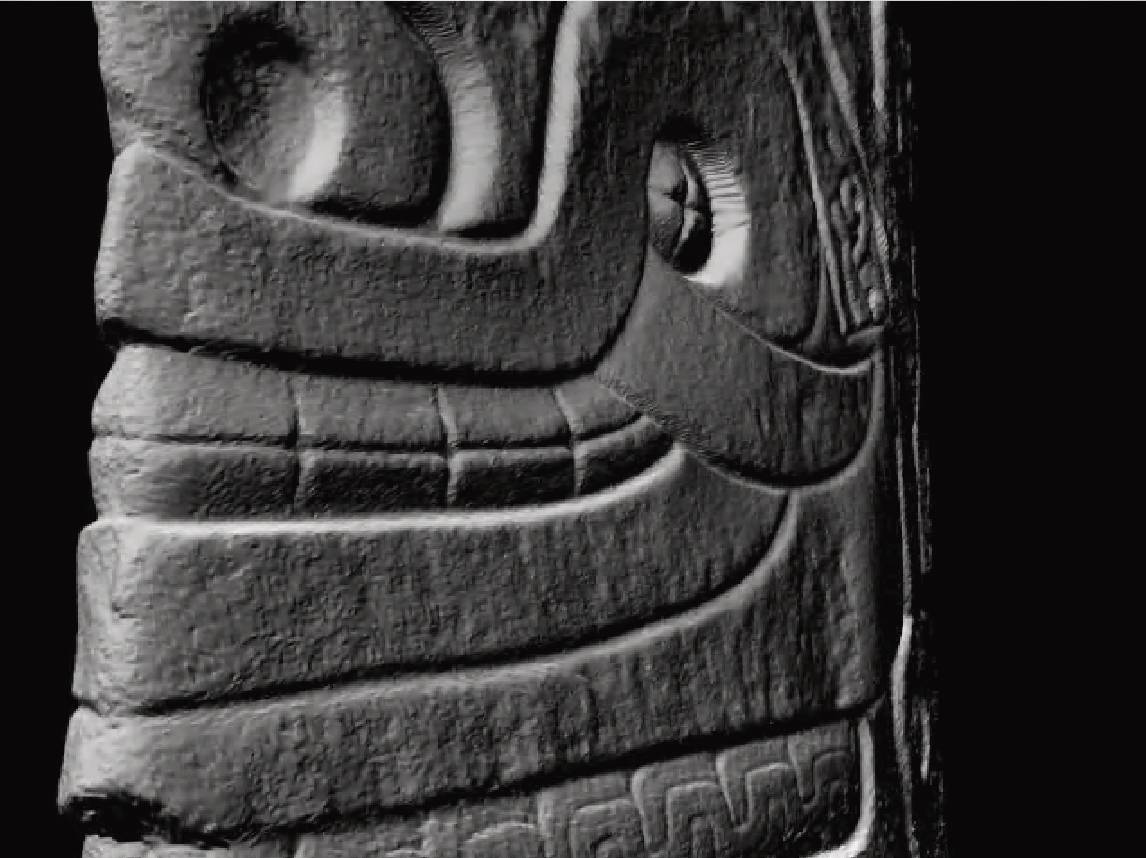The Lanzón Stela stands as a monumental testament to the religious and cultural innovations of the Chavín culture, which emerged as the first significant religious movement in the Andes mountains. This granite stela, erected circa 500 BC during the Early Horizon period of Andean art, is located in the Old Temple of Chavín de Huantar in the central highlands of Peru. The name “Lanzón” derives from the Spanish word for “lance,” referencing the sculpture’s shape, though its form more closely resembles a highland plow, hinting at its possible agrarian worship connections.
Ancient Artifacts
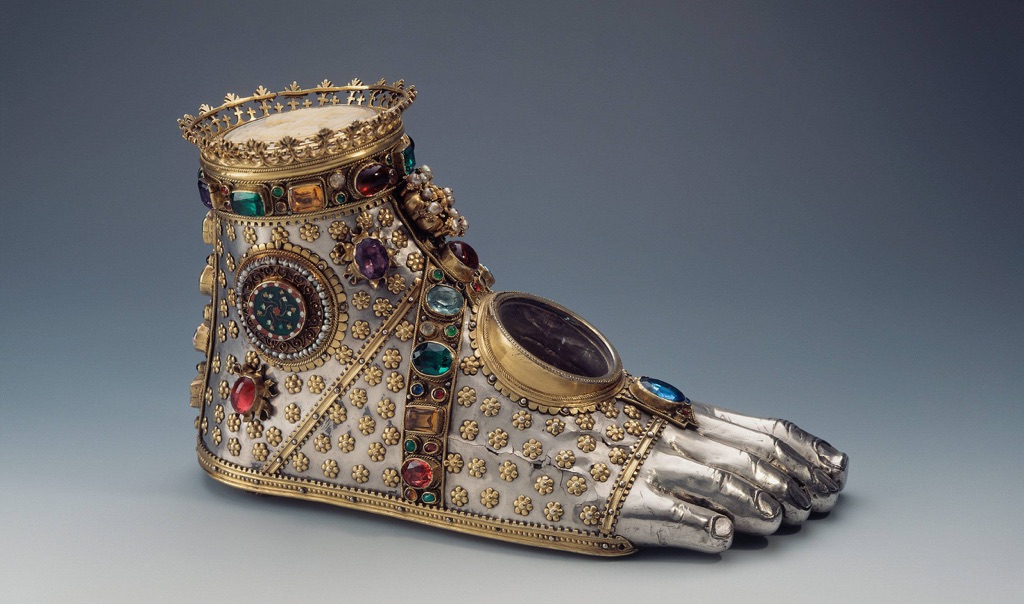
Moving to the East, ancient China artifacts like bronze vessels and oracle bones shed light on the rituals and governance of early Chinese dynasties. These artifacts highlight China’s long history of craftsmanship and written language. Similarly, ancient Egyptian artifacts are world-renowned, particularly for their funerary art, such as the treasures from King Tutankhamun’s tomb. These pieces reflect the Egyptians’ beliefs about death and the afterlife. Artifacts are not just old objects to be displayed in museums; they are keys to unlocking the secrets of human development across the ages. They preserve the ideas and values of people who lived thousands of years before us. Through careful study, they teach us about our collective history and heritage.
Among the most famous ancient artifacts in the world is the Rosetta Stone. Discovered in 1799, this granodiorite stele was the key to understanding Egyptian hieroglyphs—a script made of small pictures that was used originally in ancient Egypt for religious texts. The Rosetta Stone is inscribed with a decree issued at Memphis in 196 BC on behalf of King Ptolemy V. The decree appears in three scripts: the upper text is Ancient Egyptian hieroglyphs, the middle portion Demotic script, and the lower Ancient Greek. Because it presents essentially the same text in all three scripts, it provided the crucial link for scholars to decipher Egyptian hieroglyphs, thereby opening a window into ancient Egyptian history.
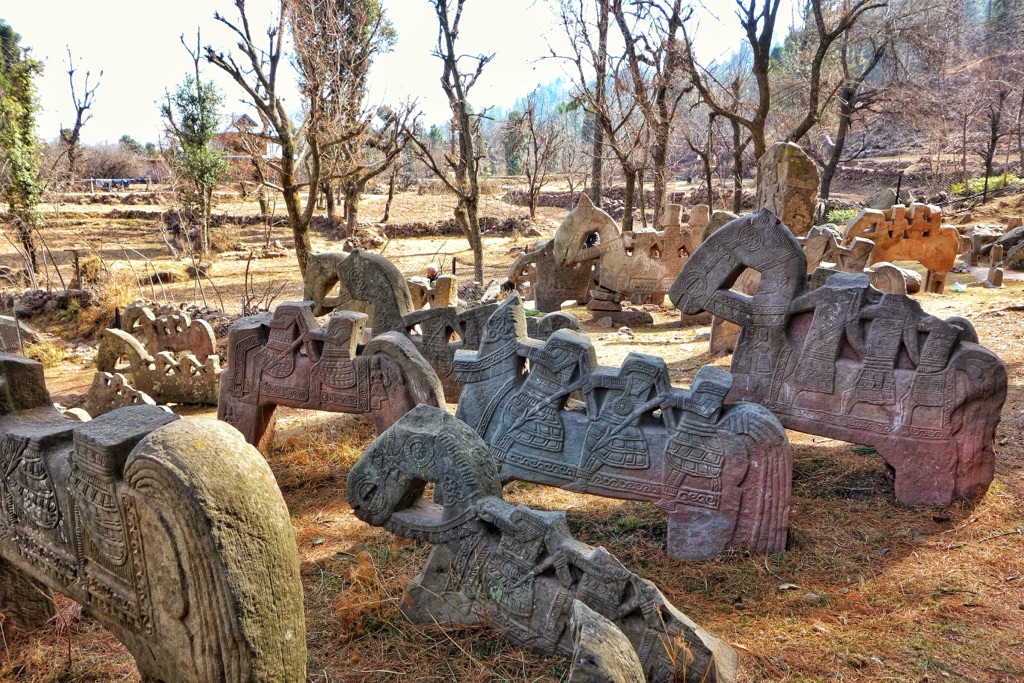
The title of the oldest artifact on earth goes to the stone tools found in Lomekwi 3, Kenya, which date back to 3.3 million years ago. These tools predate the earliest known humans and suggest that tool-making was a part of our pre-human ancestors’ way of life. These ancient tools mark a significant milestone in human evolutionary history, indicating the beginnings of technology and innovation. They are not just simple objects; they represent the dawn of human ingenuity and the very first steps towards the complex societies we have today.
An ancient artifact can be defined as any item made or used by humans in ancient times that has cultural, historical, or archaeological significance. These artifacts can range from monumental structures like the pyramids of Egypt to small, everyday objects like Roman coins. They can include items as diverse as weapons, clothing, and artwork. Each artifact, no matter its size or apparent significance, offers a glimpse into the lives of those who came before us, providing evidence of past behaviors, beliefs, and social structures.
Famous ancient artifacts not only include monumental finds like the Rosetta Stone or the treasures of Tutankhamun’s tomb but also the Terracotta Army of China, the Dead Sea Scrolls, and the Venus of Willendorf. The Terracotta Army, buried with the first Emperor of China, Qin Shi Huang, consists of thousands of life-sized figures meant to protect the emperor in the afterlife. The Dead Sea Scrolls, discovered in a series of caves near the Dead Sea, are ancient Jewish texts that offer invaluable insight into the history of Judaism and the early text of the Bible. The Venus of Willendorf, a small Paleolithic figurine discovered in Austria, dates back to about 28,000 BCE and is thought to represent fertility. Each of these artifacts, in its own way, has reshaped our understanding of human history, offering evidence of the complexity, diversity, and ingenuity of ancient civilizations.
List of Discovered Ancient Artifacts

Raimondi Stele
The Raimondi Stele stands as a monumental testament to the religious and artistic practices of the Chavín culture, which thrived in the central Andes of present-day Peru from 1500 BCE to 300 BCE. This period, known as the Early Horizon, was characterized by the widespread influence of Chavín art styles, including the use of anthropomorphic and zoomorphic motifs featuring feline, serpent, and crocodilian creatures. The stele itself, a seven-foot-high polished granite monolith, showcases these artistic choices in its depiction of the Staff God, a central figure in Chavín cosmology.
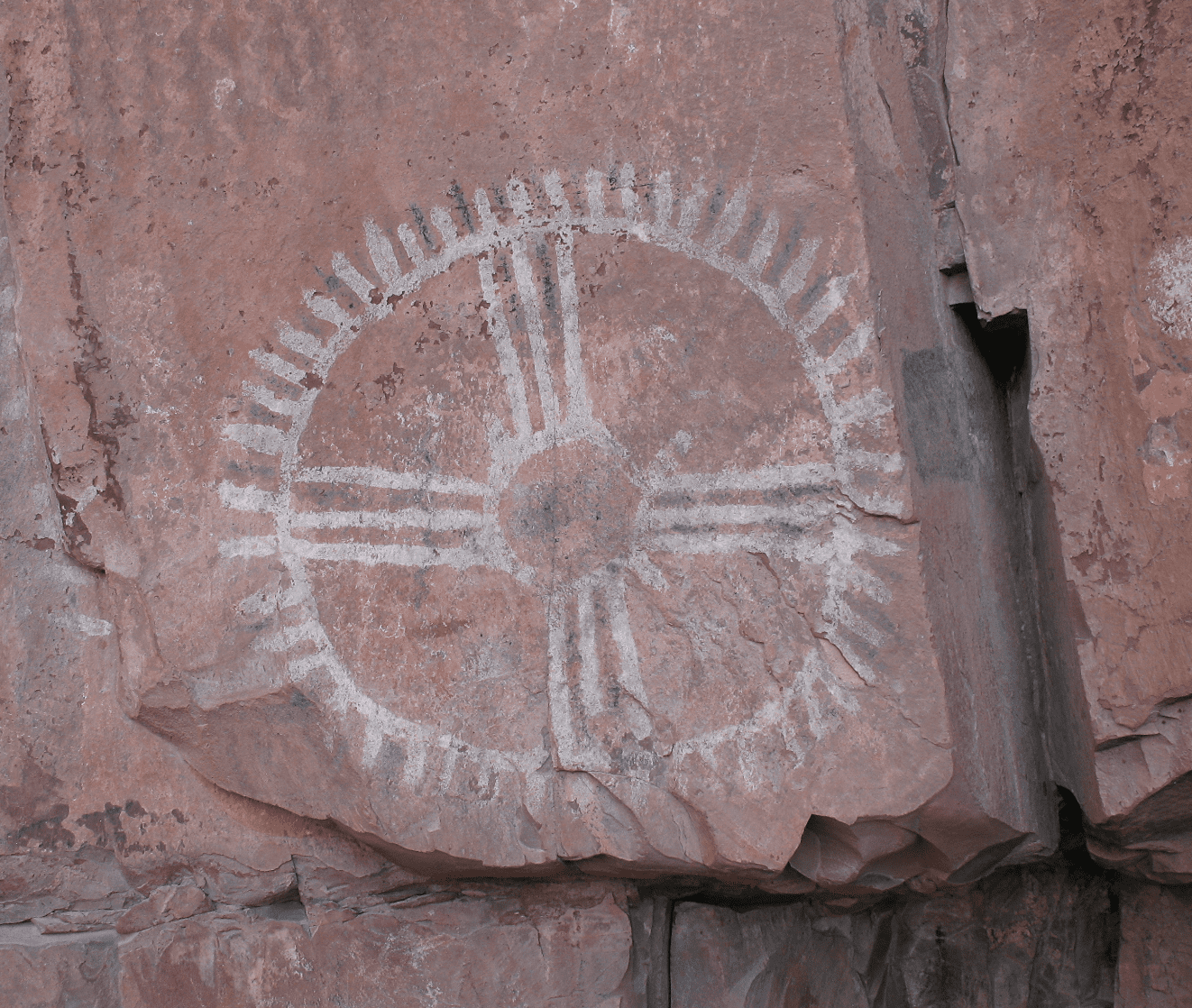
Palatki Heritage Site
The Palatki Heritage Site, located within the Coconino National Forest near Sedona, Arizona, stands as a significant archaeological and historical landmark. At coordinates approximately 34 55′ 4″N, 111 53′ 59″W, this site offers a glimpse into the lives of the Sinagua people, a group of the Ancestral Puebloans, who inhabited the area from 1100 to 1400 AD.
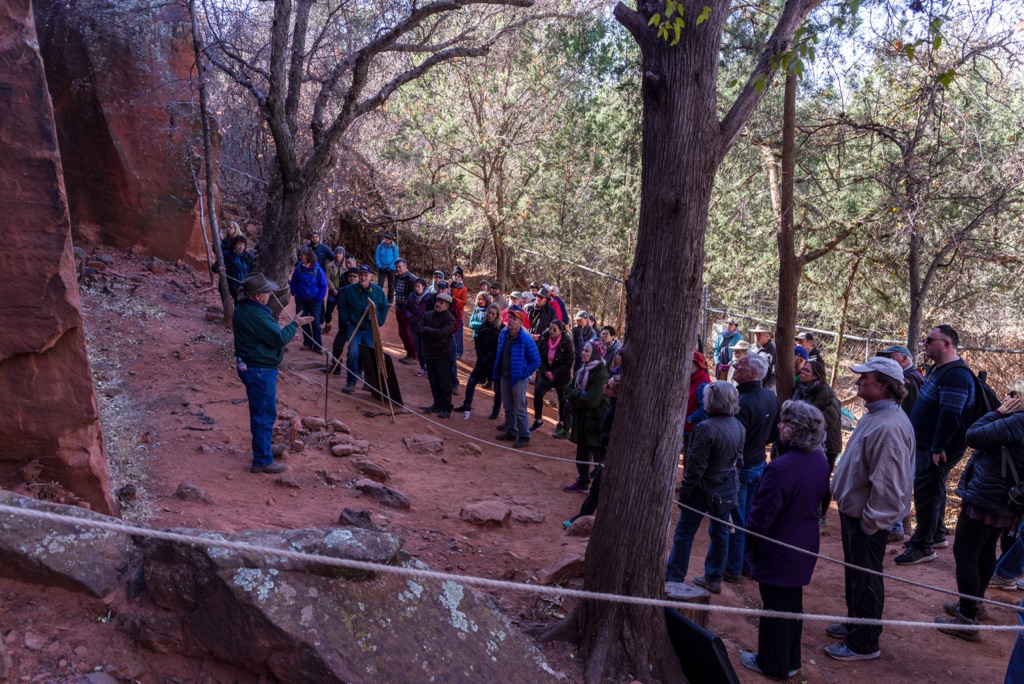
V Bar V Heritage Site
The V Bar V Heritage Site stands as a significant archaeological and cultural landmark in the Verde Valley of central Arizona. It is recognized as the largest known petroglyph site in the region and is among the best-preserved. The site, which was acquired by the Coconino National Forest in 1994, features 1,032 petroglyphs distributed across 13 panels. These petroglyphs offer a unique glimpse into the lives and beliefs of the Southern Sinagua residents who inhabited the area between approximately 1150 and 1400 AD.
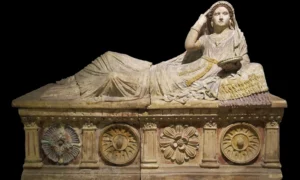
Larthia Seianti Sarcophagus
The Larthia Seianti sarcophagus is a renowned artifact from ancient Etruria, a region in central Italy. It is a stone sarcophagus that dates back to the 2nd century BC. The sarcophagus is famous for its beautifully sculpted figure of a woman, Larthia Seianti, who is believed to have been a noblewoman from Chiusi. The sarcophagus was discovered in the 19th century and has since been a subject of interest for historians and archaeologists. It provides valuable insights into Etruscan art, society, and burial practices.
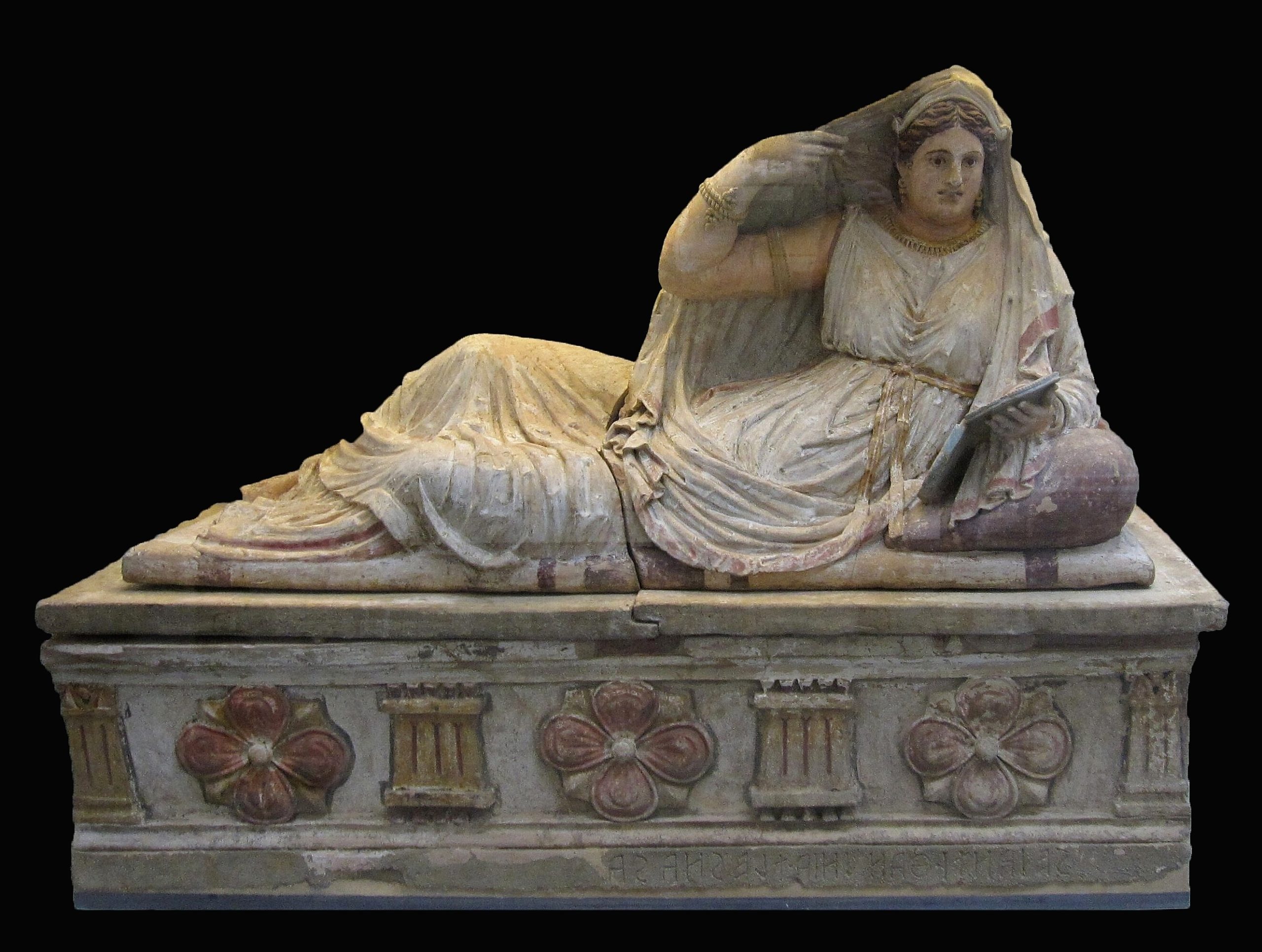
Sarcophagus of Seianti Hanunia Tlesnasa
The Sarcophagus of Seianti Hanunia Tlesnasa is a richly decorated Etruscan sarcophagus. It dates back to the 2nd century BC. The sarcophagus holds the remains of Seianti Hanunia Tlesnasa, a wealthy Etruscan woman. It was discovered in 1886 near Chiusi, in Tuscany, Italy. The sarcophagus is renowned for its detailed representation of the deceased. It provides valuable insights into Etruscan society, art, and burial practices.

